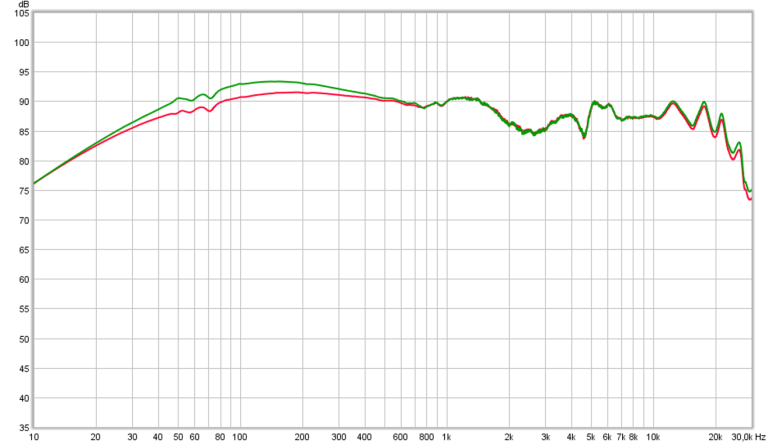I don't know much about technical aspects. What i know that people describe tube amps in such a words:
liquid sound, warm, pleasent high tones, rich mids.
When there is for example DAC with ESS Sabre on the plate as:
analitical, too bright, sharp BUT with perfect separation, details etc...
Let me tell you a story then.
Once upon a time, in the ancient times of audio, technology wasn't perfect. Not much was known neither about designing audio circuits nor measuring them. There were some engineering principals that guided those working in the field, but the old analog technology such as tubes and vinyl records were far from ideal, and had various idiosyncrasies and unknown variations. High quality gear was expansive and rare, and accurate measuring equipment was in very few hands. True knowledge was scarce and held as closely guarded secret by the top companies in the field, in the form of patents and other industrial secrets. Most people just didn't have the knowledge or the access to learn the technical terms and educate themselves on the theoretical side of things.
Thus, a culture was born of using subjective and metaphorical terms to describe various aspects of audio devices to the everyday man. They were used out of necessity and simplicity, to communicate gross ideas without the prerequisite of an engineering degree to understand them. The marketing departments at the audio brands saw this, and used it to their advantage. They marketed their products with tantalizing buzzwords and luxurious adjectives to draw in customers, and convince them to purchase their devices and not the competitor's. Since the technology was pretty crude to begin with, and most consumers had no kind of useful knowledge with which to judge the ads' assertions, they bought in to the scheme and even propelled it forward.
Anyone could be an "audio expert" if they were fluent in the lingo and able to describe with picturesque detail the sound of various audio products. "This amp is warm yet detailed, with a pleasant midrange and liquid sparkling highs". What a wonderfully poetical description, isn't it? Makes you wanna listen to that amp for yourself to take part in the elevating experience described by the expert. This is exactly the way audio brands drew customers in for decades, using promotions and paid reviewers to affirm the notion that audio equipment should be described and experienced – and not measured and quantified.
Since then, the technology has very much improved and the uncertainties greatly diminished. We have a far more complete view on how audio actually works and how to build competent products at minimal costs. Years of research and accumulated knowledge will do that in every field, and the over-saturated field of audio benefitted greatly from this. Excellent cheap products have become commonplace and are almost taken for granted. Some fields of research, such as digital to analog conversation, are even deemed "completely solved" by some, because their minimal threshold for accuracy far surpasses that of human hearing.
On the consumer side, the democratization of information brought by the internet gave the average consumer a massive power – the power of knowledge. The consumers are no longer uneducated masses that can be duped by buzzwords and subjective descriptions. We have data, we have measuring devices, we can easily compare different products and infer their actual properties without even listening to them. The audio companies try to convince us that audio is an art form, thus imperfect and subjective, but the truth is that it's merely engineering. And engineering is not based on feelings, but on hard facts and physics. This led people to gradually discover that audio needn't be ultra-expansive anymore, and excellent specifications can be found in affordable products.
And yet, the long years of brainwashing consumers into believing the brands' marketing ploys had left their mark. People on average are still firmly resisting any attempt to change the discourse into a more fact-based one. I don't blame these people – they lived their whole lives believing one thing, so it makes it very hard for them to suddenly change direction and embrace a new paradigm. But for people new to the field, it's a great opportunity to finally change the course of history and make audio into a more straightforward and affordable hobby. The main thing I think was (deliberately) forgotten over time, is that for most people, the music is that actual end goal – not the gear. Gear hoarding and frequent upgrades serves only the audio companies, and never the consumer. It's a culture we should get rid of, and a new generation of audio enthusiasts should lead the charge.
I hope you will join us here in Audio
Science Review, in this effort.

